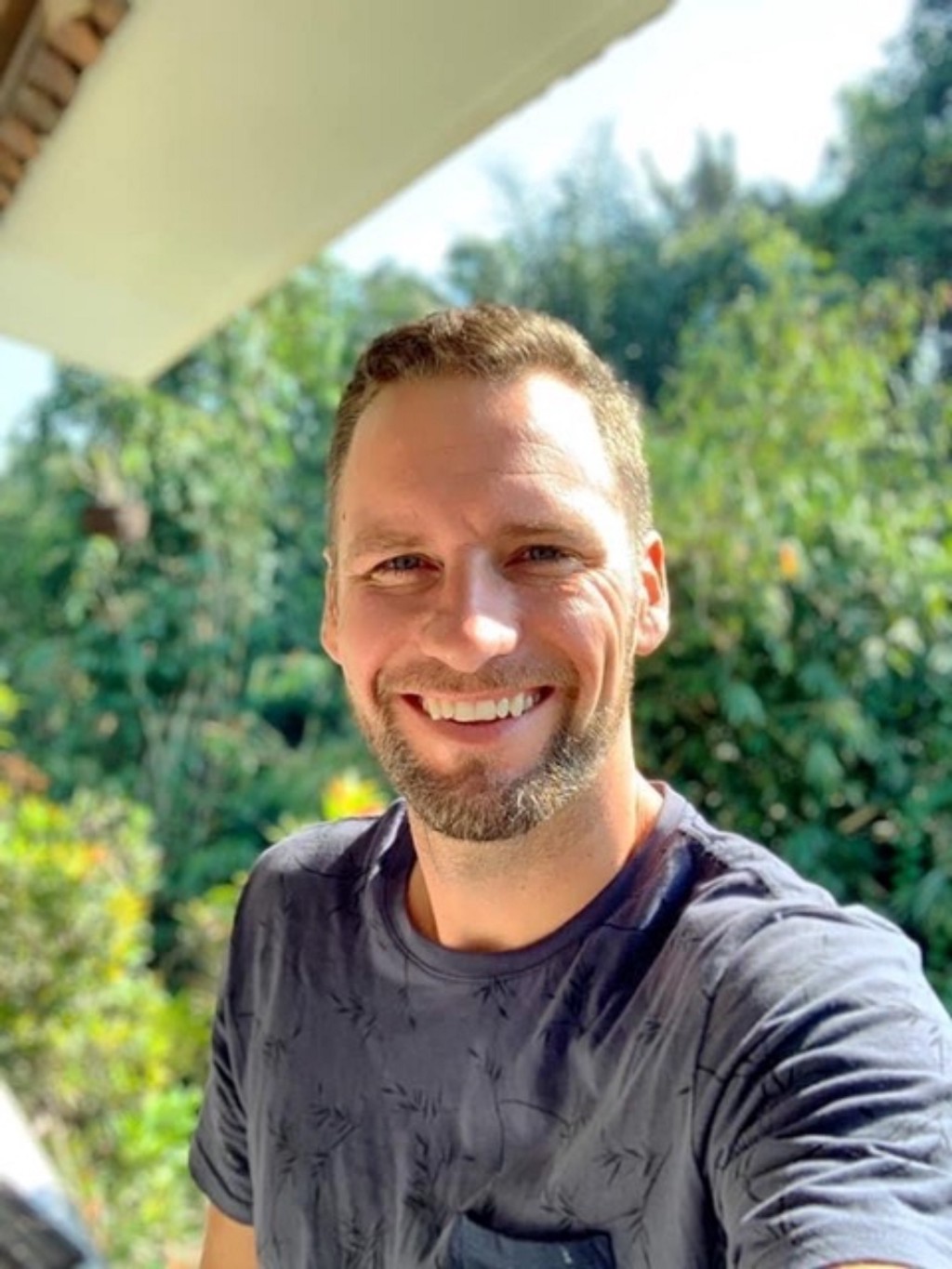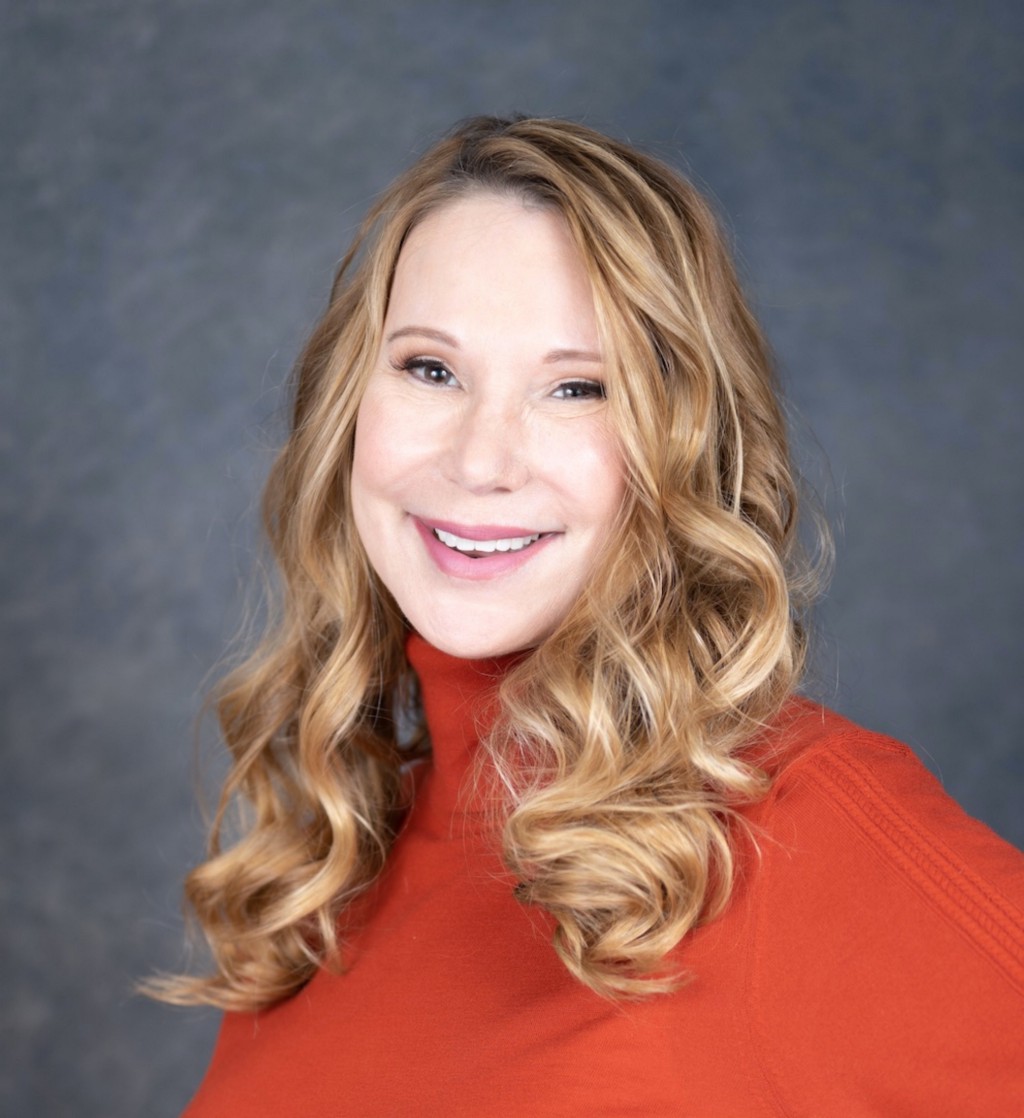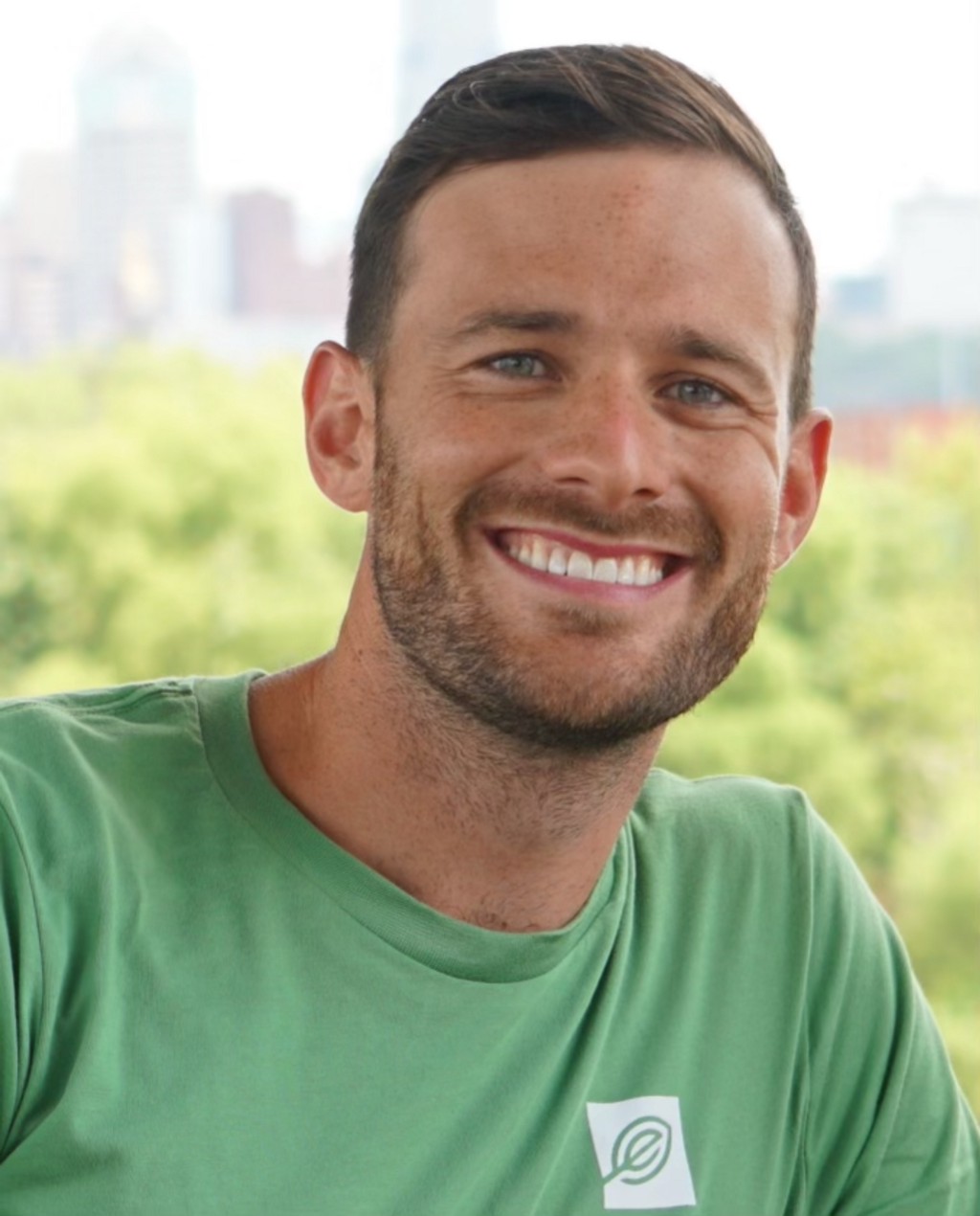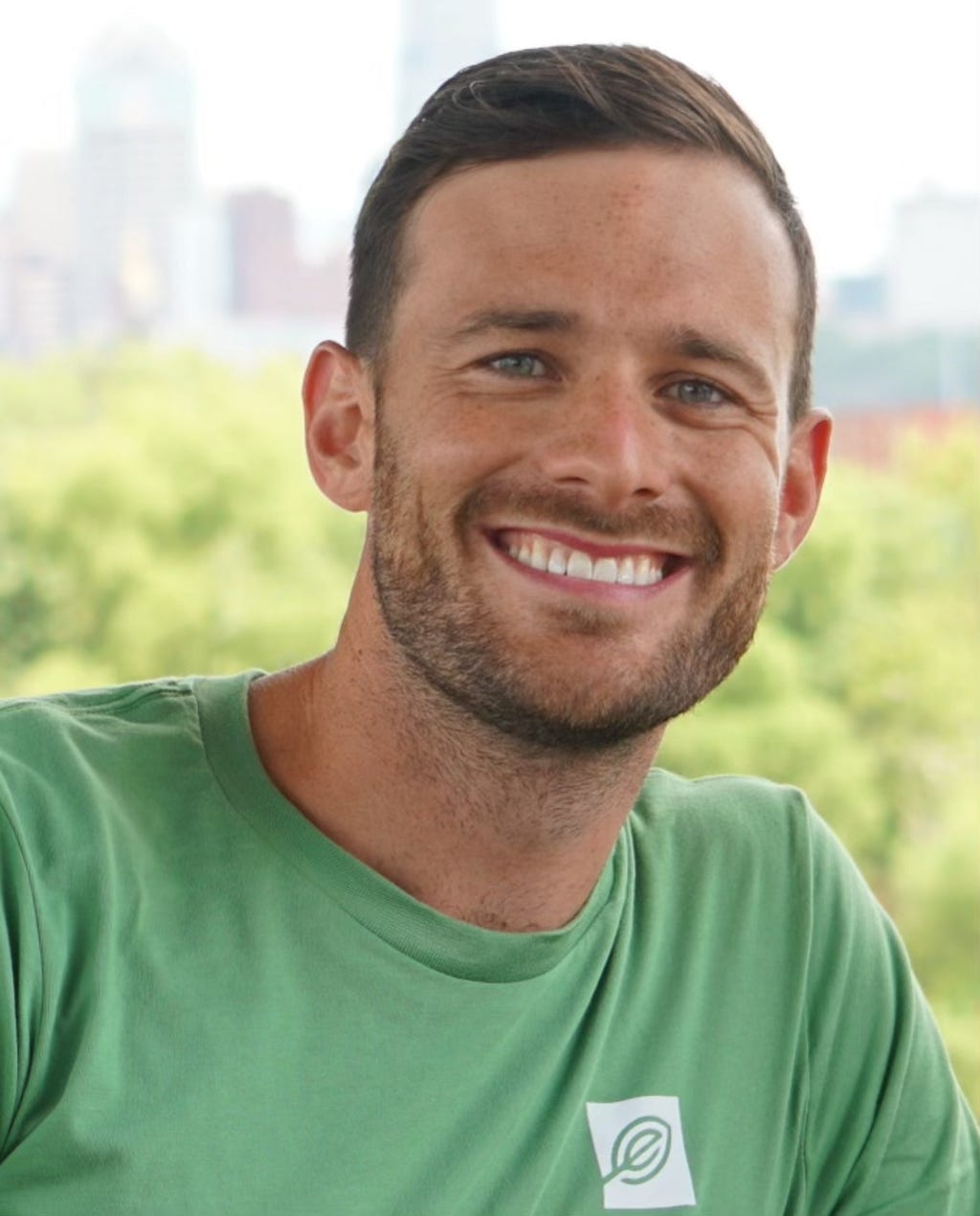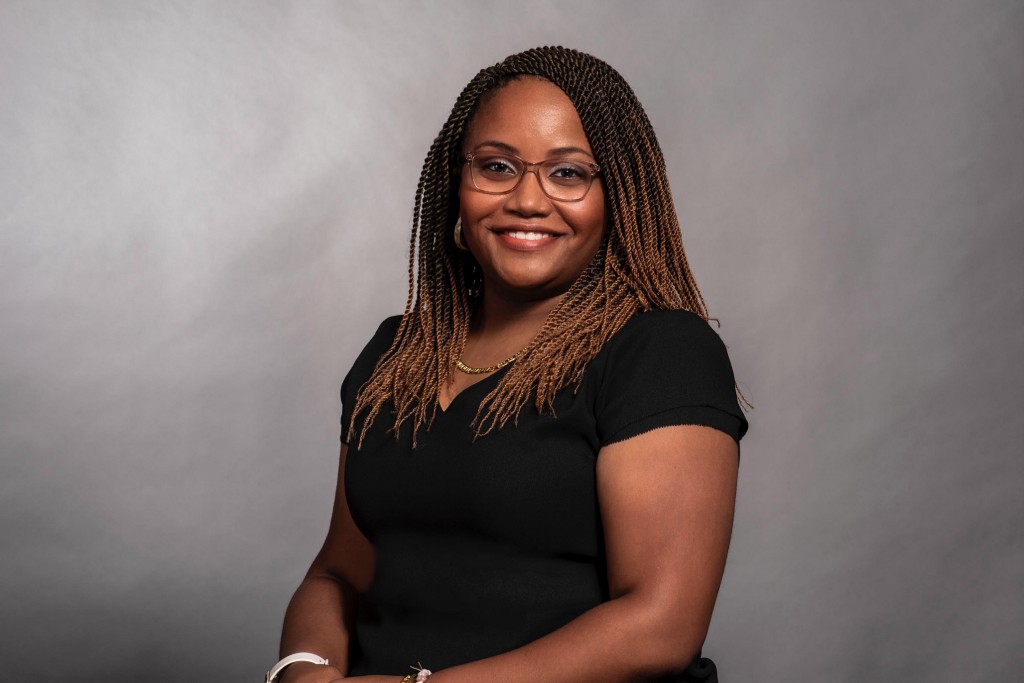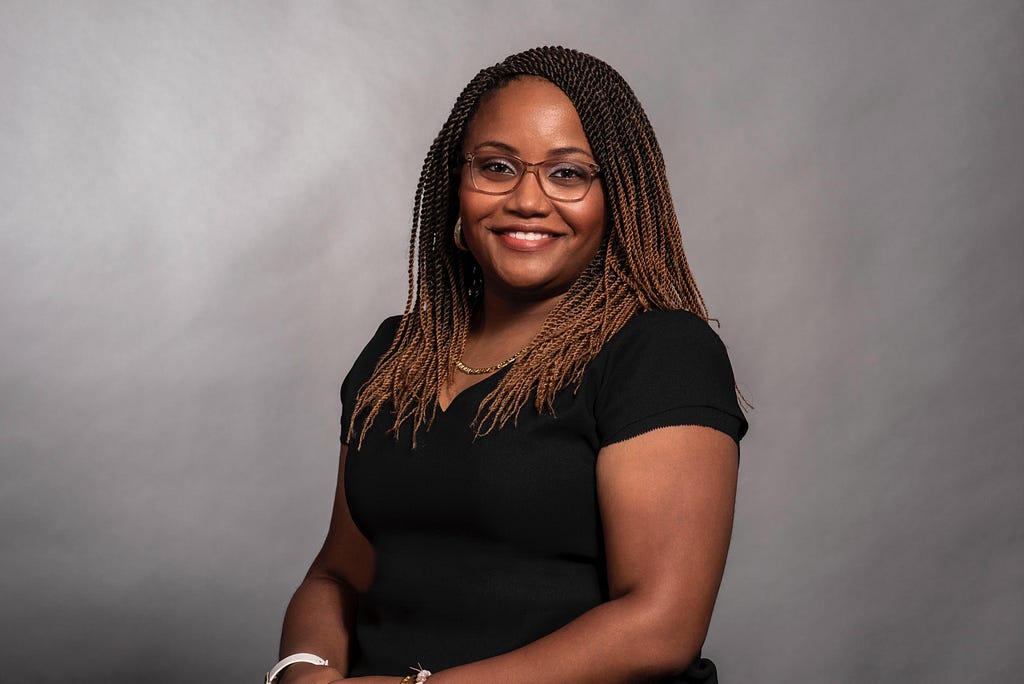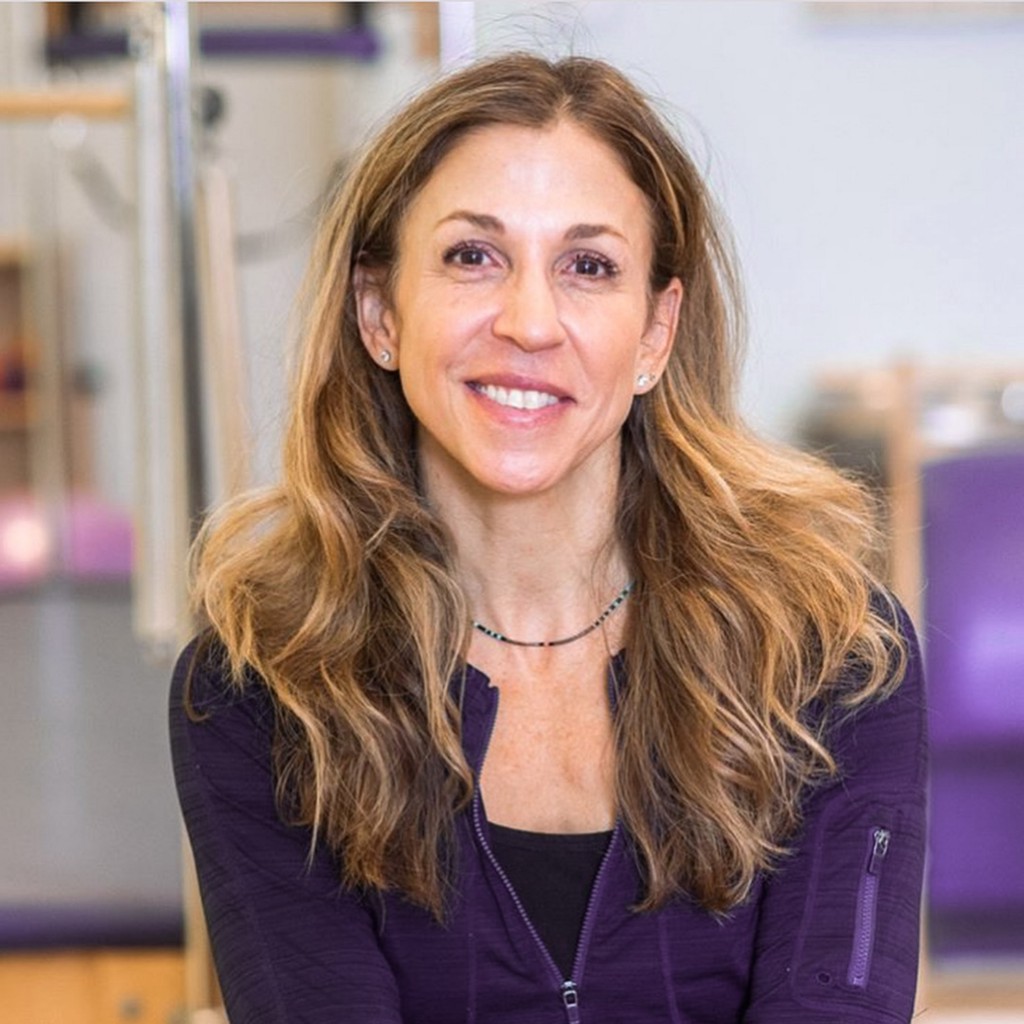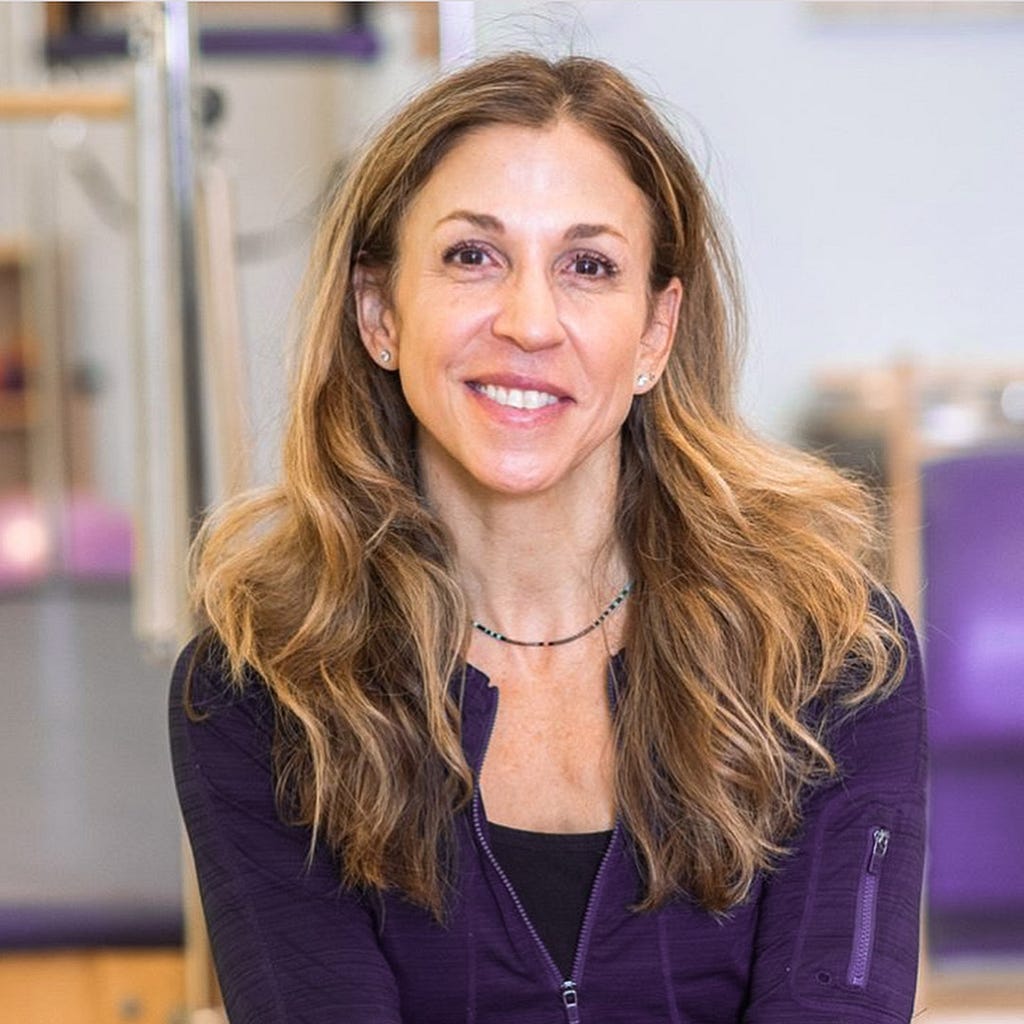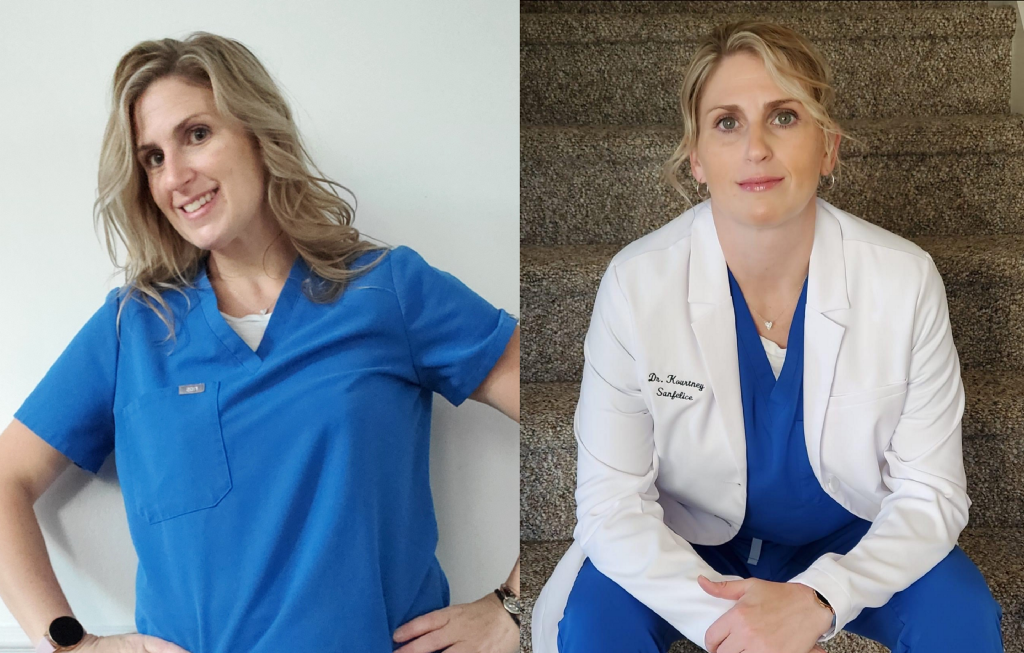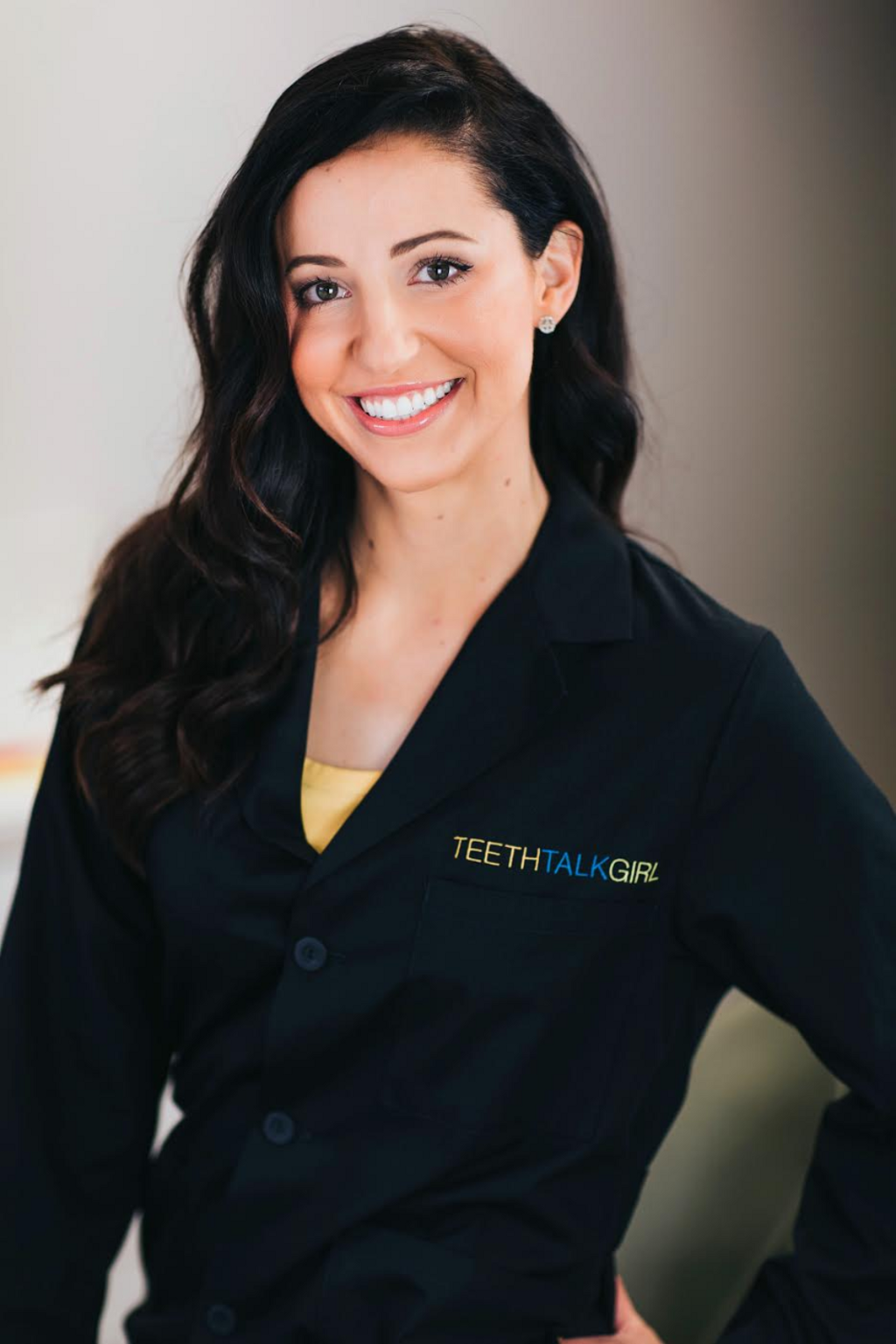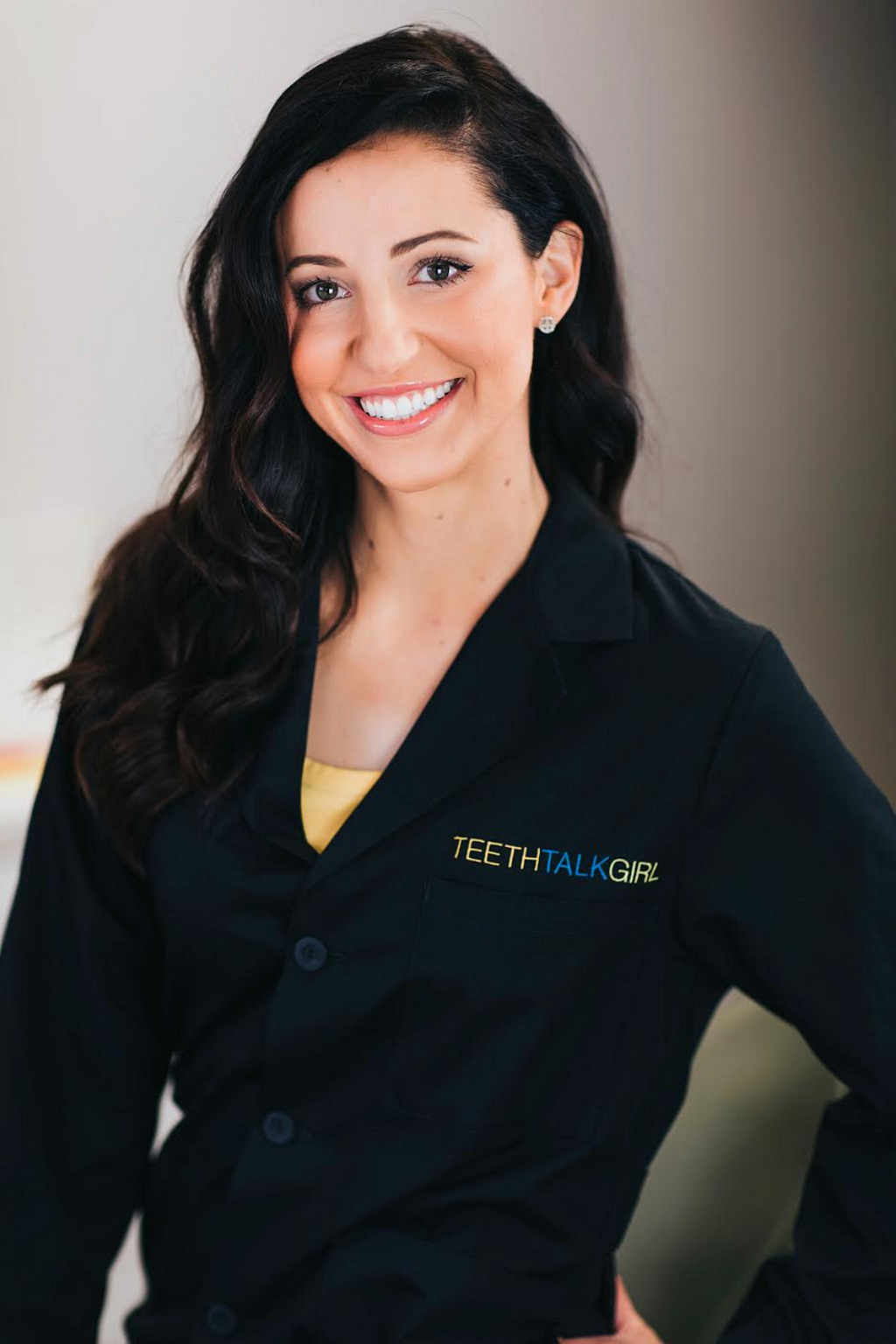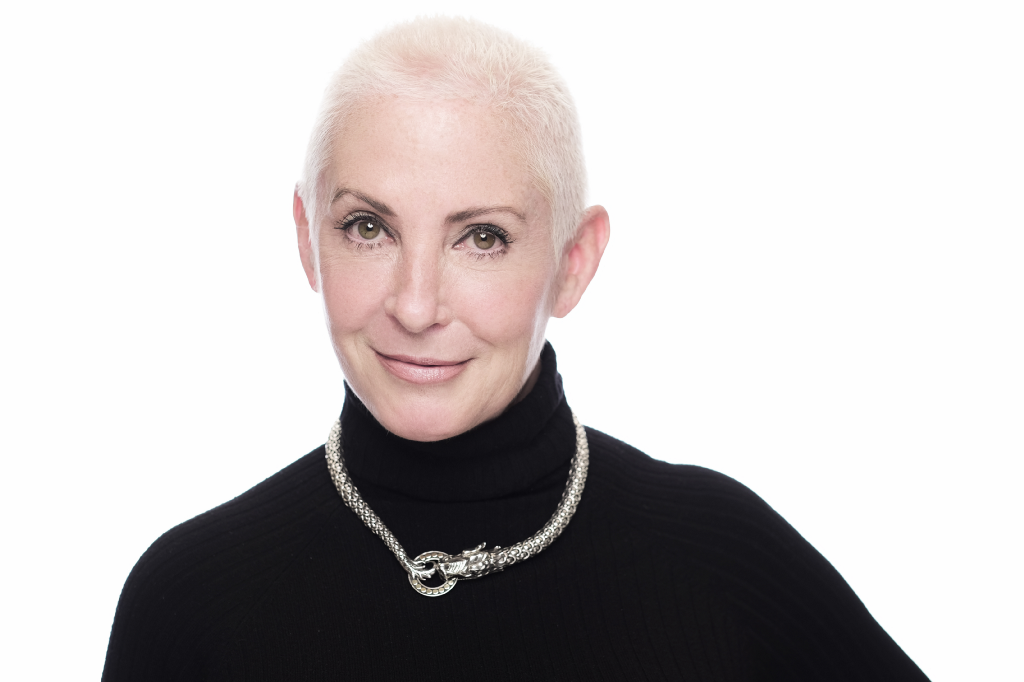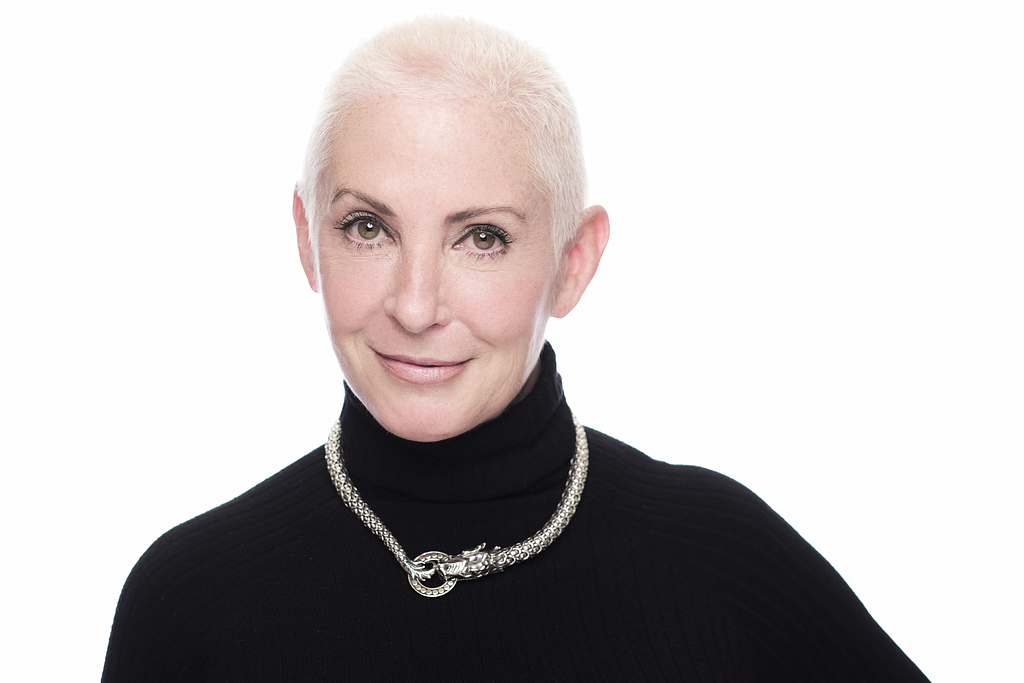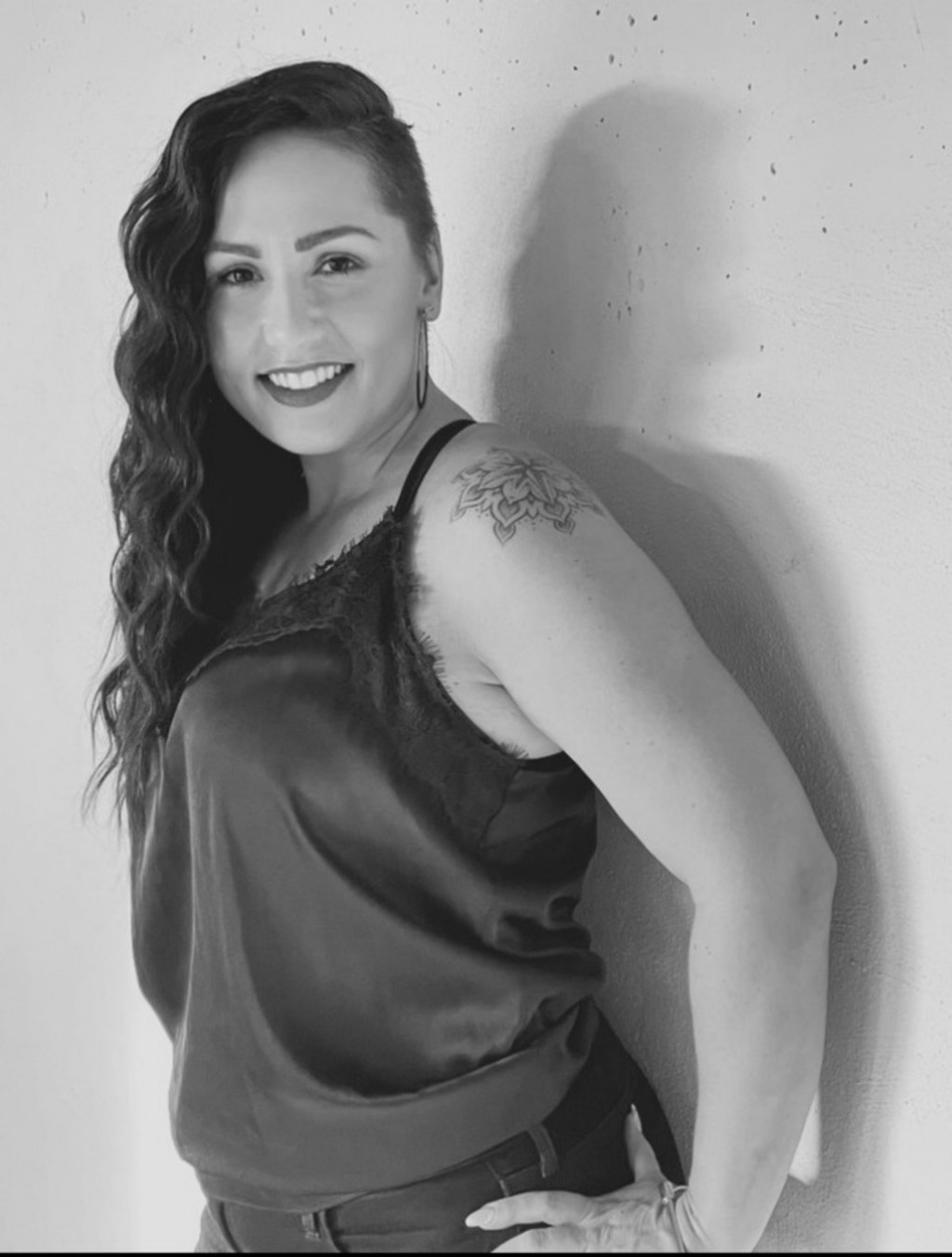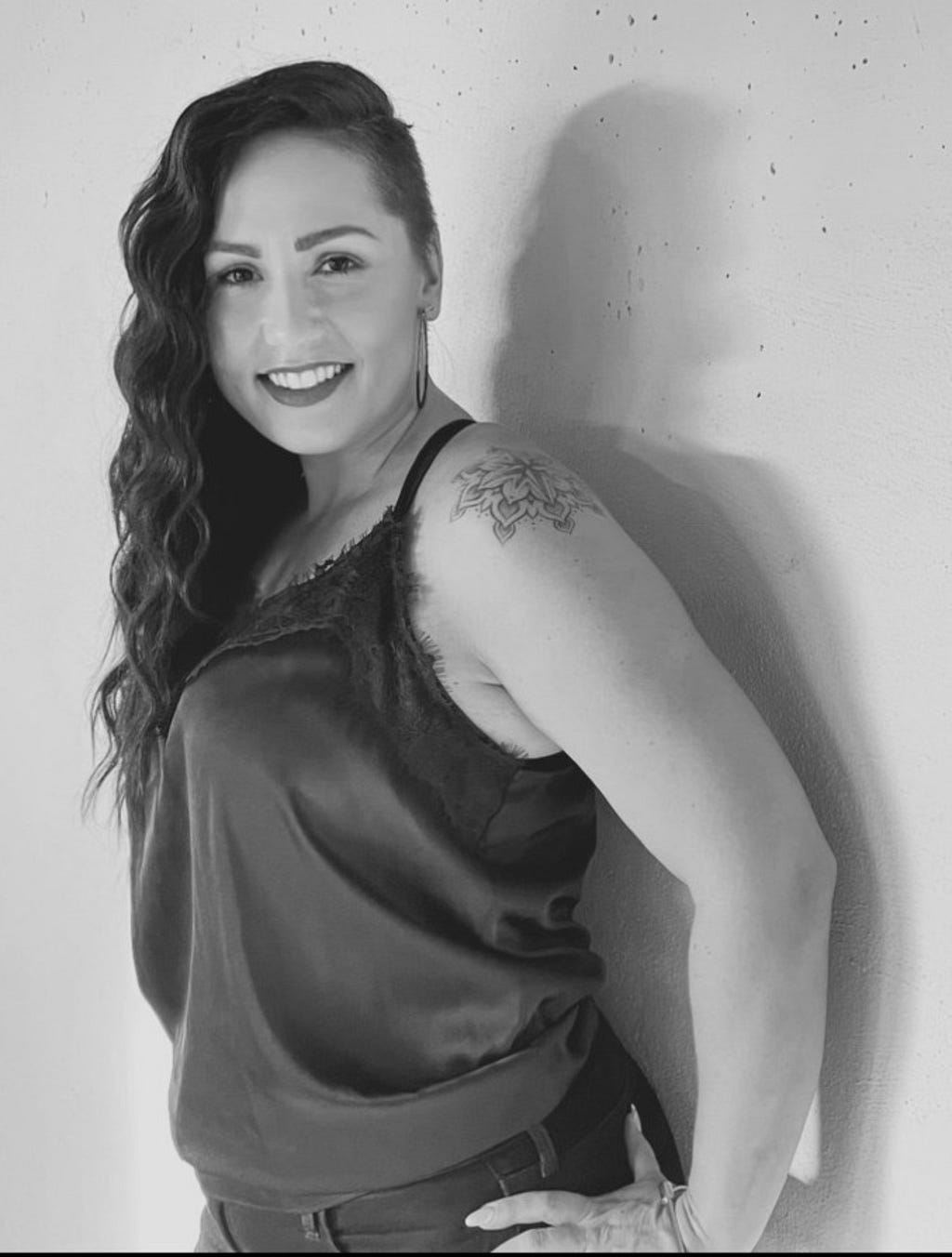Inspirational Women in STEM and Tech: Julia O’Mara of Pickle Poll On The 5 Leadership Lessons She Learned From Her Experience
An Interview With Candice Georgiadis
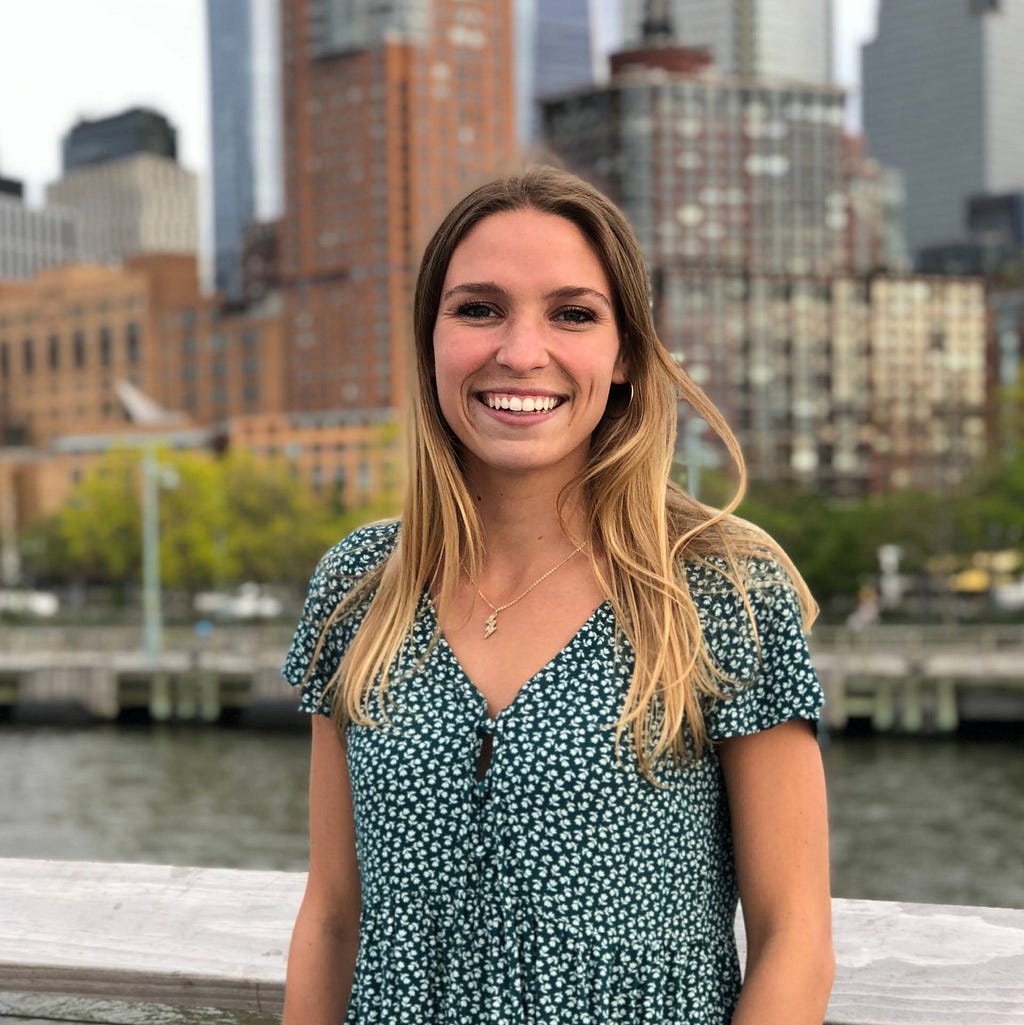
Confidence is key. This point corresponds to the assumption that men are the ones in charge within STEM or Tech meetings. Your confidence will make others confident in you. It will also empower you to drive home your key points and reach your goals.
As a part of my series about “Lessons From Inspirational Women in STEM and Tech”, I had the pleasure of interviewing Julia O’Mara.
Julia O’Mara is the Co-Founder and Head of Growth of Pickle — a social commerce platform that combines the efficiency of online shopping with the social benefits of in-person shopping. She previously worked as a product manager at Blackstone, where she focused on creating data analytics and data visualization solutions for the fundraising teams. Prior to Blackstone, she studied Materials Science Engineering as well as Entrepreneurship at the University of Pennsylvania.
Thank you so much for doing this with us! Can you tell us a story about what brought you to this specific career path?
After graduating from Penn in May 2019, I moved right to New York City and started as an analyst at Blackstone. The beginning of my job was great and I learned a ton from my team and peers. Unfortunately, the pandemic started after only 9 months in the city, so I went back to Maryland to stay with my parents. Working from home was quite an adjustment and I definitely missed working with my colleagues in real life. Brian, my Blackstone co-worker at the time, told me a little bit about an idea (Pickle) he was working on and I was immediately interested. I started out helping with the design and a bit of the brainstorming, but before I knew it I became heavily involved with the company. I always thought I might get into the startup world one day because of how much I enjoyed my Entrepreneurship classes at Penn. I realized this was an incredible opportunity to make the startup jump, so in the spring of 2020, I left Blackstone and started working on Pickle as a full time co-founder.
Can you share the most interesting story that happened to you since you began at your company?
An interesting story that has happened to me since starting at Pickle was navigating one of my busiest days where I was wearing quite a few hats. We had just onboarded our summer interns and I had been working on my management experience. I was looking at my calendar and saw an absolutely booked day the next week. I remember getting a bit nervous about how packed it was going to be and if I would be able to manage it. This packed day finally came and I jumped into it. I started off the day doing some research on the social commerce market, moved onto rolling out a few influencer campaigns, negotiated a new influencer partner contract, conducted several user interviews, strategized some new features and enhancements with Brian, put together some marketing collateral and social media plans, filmed two TikToks, and then wrapped up the day with a presentation to a college entrepreneurship club. That was the day I remember realizing this is exactly what I want to do. Although it’s challenging to be a founder, it is incredibly rewarding and exciting to be such an integral part of a company. I look back at this day and think it’s funny that I was a bit nervous to accomplish it because this is how the majority of my days look now.
Can you share a story about the funniest mistake you made when you were first starting? Can you tell us what lesson you learned from that?
One funny mistake I made pretty early into my time at Pickle was a classic “work from home” mistake. I had just finished some independent morning work and then had a call with our user acquisition and marketing team. This was an internal meeting, so naturally I was wearing an old college sweatshirt and a messy bun. When trying to join the Zoom meeting, I accidentally clicked on Brian’s personal meeting room link instead of my own (we used his so often it was saved in my notes). I then entered the middle of an intro investor call looking incredibly casual and confused. The investor was super nice about it and Brian used it as a good time to introduce his co-founder. I’m not really sure if the lesson learned is to either always look nice on Zoom or to always use the calendar invite instead of a saved Zoom link (probably the latter).
What do you think makes your company stand out? Can you share a story?
The name and logo … kidding! Our commerce-focused social graph makes Pickle a unique company because we are building a community that is truly centered around enhancing the online shopping experience. We tackle three essential groups of influence on Pickle. We give our users access to their trusted personal network, their favorite fashion/style influencers, and also larger scale style communities that consist of people with similar style preferences. Feedback and inspiration from these groups of people, allow users to feel confident in their purchase decisions and experience the valuable social interactions that occur within in-person shopping.
Are you working on any exciting new projects now? How do you think that will help people?
Yes! We’re currently building out a Discover page that better connects our users to other users with similar style preferences. This includes highlighting verified fashion influencers and their curated communities. These communities consist of users who love an influencer’s style and therefore share similar style preferences and fashion taste. One of the main benefits of these groups is that users can give and receive feedback at scale with other Pickle members who have relevant opinions. For example, if a user is looking to buy a dress for a formal event, they are able to get inspiration from an influencer’s community and also ask for their feedback around a few dress options. Access to these opinions is incredibly helpful to make confident purchase decisions and increase overall confidence when wearing that purchased item.
Are you currently satisfied with the status quo regarding women in STEM? What specific changes do you think are needed to change the status quo?
I don’t think I’ll be satisfied with the status quo regarding “women in STEM” until there doesn’t need to be that designation. There are incredible groups and programs for women in tech because we’re such a minority. In the future, I hope this designation won’t be as necessary because the field will be more equally distributed among both men and women. Changes need to start with early education around the STEM fields. Gender stereotypes around certain jobs and careers should be removed and both boys and girls should be equally educated about the industry and career opportunities.
In your opinion, what are the biggest challenges faced by women in STEM or Tech that aren’t typically faced by their male counterparts? What would you suggest addressing this?
One of the first challenges that comes to mind is the assumption that the men are in charge in the room (or virtual room). This assumption definitely puts a woman in a more challenging spot when starting or leading a meeting. My recommendation is to immediately start/lead the small talk before diving into the meeting — this will help set the tone that you’re going to be leading the meeting.
Another challenge is walking the line of how assertive to be. Women can be perceived as rude if they are too assertive, but also perceived as a push-over if they aren’t assertive enough. Men don’t typically deal with this challenge and can be as assertive as they want. My recommendation here is to lean on the side of being more assertive than passive and pay close attention to the room as you are speaking. The real-time reactions and body language can help you navigate the best way to interact with your colleagues.
Finally, since women are often a minority in STEM fields, they are often in male dominated conversations that might be around topics they aren’t as familiar with. To give a personal example, when I was at Blackstone people in the office would often talk about football games from the weekend. Regardless of gender, I always want to be educated and contribute to a conversation, so I started every Monday morning running on the treadmill in front of a TV that showed all of the game highlights from the weekend. I was then able to contribute more in these conversations and enjoyed getting more knowledgeable about the season. I think leaning into some of these topics so you can connect better with colleagues is important regardless of who (men or women) are dominating the conversation.
What are the “myths” that you would like to dispel about being a woman in STEM or Tech. Can you explain what you mean?
One myth about being a woman in STEM is that our strengths are mainly in the academic area. We are assumed to be very smart and technical, but not necessarily social or business savvy. While everyone has their own personal strengths and weaknesses, many of us are talented within the STEM fields and can also lead a compelling presentation, network effectively, and strategize at the company level.
What are your “5 Leadership Lessons I Learned From My Experience as a Woman in STEM or Tech” and why. (Please share a story or example for each.)
- Confidence is key. This point corresponds to the assumption that men are the ones in charge within STEM or Tech meetings. Your confidence will make others confident in you. It will also empower you to drive home your key points and reach your goals.
- Prioritize getting to know your team. I think women can often be excellent listeners and we should lean into that. Everyone likes to be heard and valued. As a leader at Pickle, I include personal check-ins or small talk at the beginning of most meetings to ensure I get to know my team at a deeper level and get a feel for how things are going outside of work.
- Lead in a “come with me” style. Instead of telling someone what to do, try to work with them to get started on a new project or initiative. I am all for the “jump in the deep end” learning curve, but it’s important for team members to feel like they have the tools and confidence from leadership in order to learn to swim in the deep end.
- Perception of your leadership is incredibly important. People often remember the negative or bad things that happen. As a leader, you’re automatically held to a higher standard and much more closely observed. For example, if you’re dealing with some tough personal stuff, it might be better to take a personal day or postpone a meeting than to come across as potentially unprofessional or unfocused.
- Admit when you are wrong or made a mistake. Transparency from leadership promotes incredible trust among a team and this should be emphasized when something goes wrong or a mistake is made. Nobody likes to be wrong, but it’s better to readily admit it when you are. One example of this was when I was reviewing a design our intern had put together. We spent a good part of the meeting debating a UX component and ended up going with my side of the argument. I later did a bit more research and thinking and realized I was wrong. I quickly sent over a message to our intern that started with “I was wrong” and then went on to tell them we should go with their original UX design. My ownership of being wrong made it possible to keep a great design relationship moving forward — this ensured everyone was confident in sharing their opinions and feedback.
What advice would you give to other women leaders to help their team to thrive?
My advice to other women leaders who are looking to help their team thrive is to carefully listen to their team and learn from them. I think all leaders always have room for improvement and the best way to do that is to listen to what the team needs. Do they need more instruction? Do they need focus time blocked off? Are they motivated right now or starting to feel burnt out? All of these questions are imperative to ensure a team is operating at its maximum potential. The best leaders I have worked with are extremely good at receiving feedback and implementing changes to improve their team’s experience. I also think it’s important to listen to your team passively — not just by listening to the answers of your questions. Pay attention to their actions and their overall morale. Someone who seems down at a team meeting might need a more personal one-on-one check-in. Prioritize the time to get to know your team at both the professional and personal levels so you can support them in both ways as best you can.
What advice would you give to other women leaders about the best way to manage a large team?
We are a fairly lean startup, so I haven’t had experience managing a large team yet. However, I would love any and all advice from other women leaders so I can be better prepared when we scale our team!
None of us are able to achieve success without some help along the way. Is there a particular person who you are grateful towards who helped get you to where you are? Can you share a story about that?
John Diaz, my first manager at Blackstone, greatly impacted the beginning of my professional career. He was an awesome first boss — he was always fully transparent, provided truly constructive feedback, and cared about my professional career both at Blackstone and outside of Blackstone. He helped me succeed in my role and pushed me to always strive for excellence. I remember one of our first one-on-one meetings where he told me we could use that time to discuss career development. Even after we stopped working together, we stayed in close touch and he was one of the first people I talked to about making the jump to start Pickle. He was so supportive and encouraged me to take the opportunity to start a company. I couldn’t have asked for a better first boss/mentor — thanks for all of the support and guidance, Diaz!
How have you used your success to bring goodness to the world?
My success and experiences throughout my collegiate career at Penn, my time at Blackstone, and my leadership at Pickle have allowed me to give back to students who are looking for general career advice or who are interested in potentially pursuing entrepreneurship. I’ve attended several alumni panels hosted by Penn and have given presentations to student groups across other universities. I had a lot of help along the way and I found it incredibly valuable to listen to alumni or recent grads speak about their experiences after college. I will always make time for a coffee chat or panel to help give back to students who are looking for advice around professional development, being a woman in STEM, or even just what it’s like to live in NYC after college. If you’re a student or someone looking for advice or a conversation around some of the industries I have experience in, please feel free to reach out to me ([email protected]) — I’d love to chat!
You are a person of enormous influence. If you could inspire a movement that would bring the most amount of good to the most amount of people, what would that be? You never know what your idea can trigger. 🙂
I would love to inspire a large mental health movement that de-stigmatizes the conversations around mental health starting at a very young age. I don’t think I knew much about this area until college and wish I had learned about it earlier. It would be great to start these conversations and educational classes as early as middle school. Normalizing conversations about mental health will reduce the stigma around asking for help and utilizing resources such as therapy. If we can build a strong foundation around prioritizing mental health and having access to mental health resources, this will have a huge impact on the generations to come.
Can you please give us your favorite “Life Lesson Quote”? Can you share how that was relevant to you in your life?
You can’t control what happens, but you can control the way you react to what happens. My therapist told me this during one of our sessions over the pandemic. We had been discussing best ways to deal with stress around some personal life events that had been challenging to navigate. As someone who often strives for perfection, it’s difficult when things don’t go as expected. At a startup, priorities are constantly shifting/evolving, and things don’t always go according to plan. Controlling my reaction to bumps in the road and choosing to have a positive attitude has been incredibly helpful for my overall mental health. Instead of dwelling on what went wrong, I focus on my reaction and what I can control. It also helps that I have an awesome co-founder to navigate these challenges with. We love to throw in a bit of humor after something doesn’t go as expected.
We are very blessed that very prominent leaders read this column. Is there a person in the world, or in the US with whom you would love to have a private breakfast or lunch with, and why? He or she might just see this if we tag them 🙂
I would love to have a private meal with Sara Blakely, the CEO of Spanx. I find her story inspiring and I love the way she gave back to her entire company after selling her majority stake in the company. I’d love to learn more about how she navigated scaling her business and what her most valuable lessons learned are as a female CEO.
Thank you for these fantastic insights. We greatly appreciate the time you spent on this.
Inspirational Women in STEM and Tech: Julia O’Mara of Pickle Poll On The 5 Leadership Lessons She… was originally published in Authority Magazine on Medium, where people are continuing the conversation by highlighting and responding to this story.



